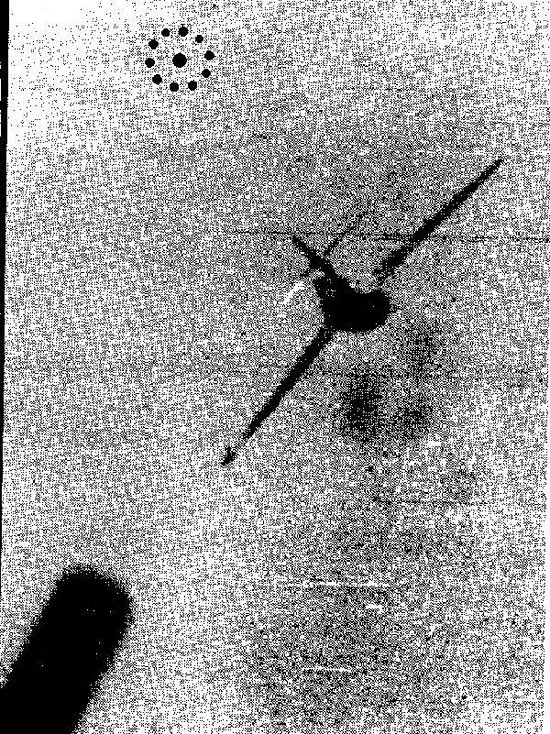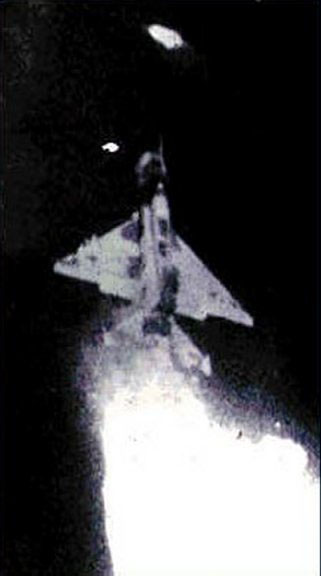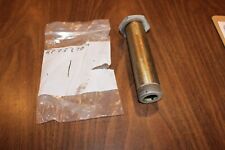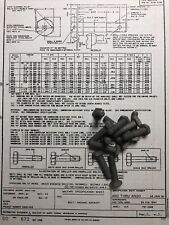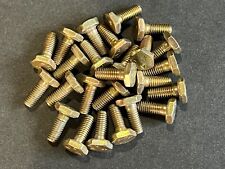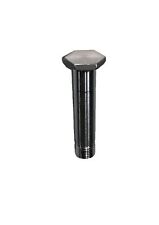Why do I need to know this?
First, we talked about the plane of symmetry…then we went on to mention the plane of motion…and we finished up with words about the bullet stream. What’s the big deal? Here is the very simple answer. You can fire at a target and know that you have a good probability that many of your rounds will hit the target…or you can fire knowing that only a small number of rounds have a probability of doing so. To get yourself into the first group, you need to maneuver to get your bullet stream plane of motion into the target’s plane of motion. We call this a ‘tracking’ shot.

If you are in the second group, and your bullet stream plane of motion intersects but does not lay in the plane of motion of the target (and sometimes, this is the only shot that you get), then your probability of getting a hit is much less. This is called a ‘snap’ shot.

The Big Three
In Part Two, we discussed the three main components of a successful gun attack. These were getting in range, flying in the plane of motion of the target, and allowing for sight settling time. We’ll keep these in mind as we cover the types of sights and how to use them. The questions you want answers to are:
- How do I know when I am in range?
- How do I know when I am in plane?
- How am I sure that the sight has ‘settled
- When do I open fire?
And, before we go, here’s one last reminder that much of the effectiveness of a particular sight type lies in how much info it is getting about target behavior.


